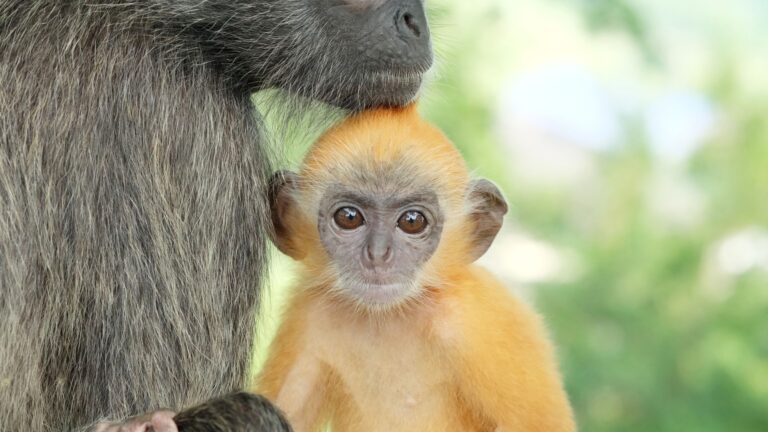Exploring The Marvels Of Millipedes, Nature’s Misunderstood Arthropods
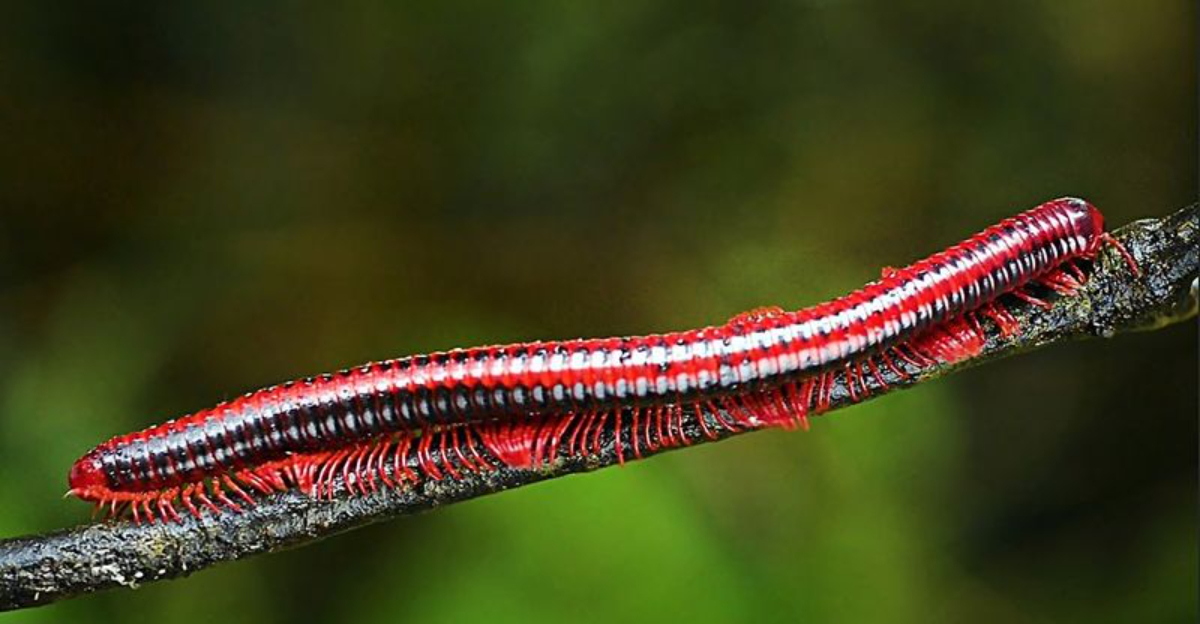
Millipedes might make some people squirm, but these fascinating creatures deserve our appreciation! Far from being creepy pests, millipedes play crucial roles in ecosystems worldwide as nature’s recyclers.
With their segmented bodies and numerous legs, these gentle arthropods break down dead plant material, enriching soil and supporting plant growth. Let’s uncover the surprising secrets of these remarkable many-legged wonders that have been crawling on Earth for over 400 million years.
Not Actually Thousand-Leggers
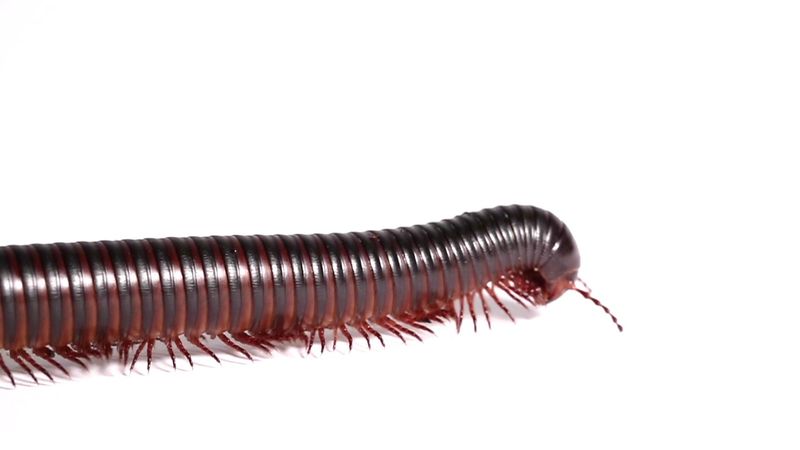
Despite their name meaning “thousand feet,” no millipede species actually has 1,000 legs! The record-holder is the California-dwelling Illacme plenipes, which can grow up to 750 legs – impressive, but still short of the namesake mark.
Millipedes typically have between 80-400 legs depending on the species and individual age. They add body segments (and thus more legs) throughout their lives, so older millipedes generally have more legs than youngsters.
Each body segment sports two pairs of legs, unlike centipedes which have just one pair per segment. This double-leg arrangement gives millipedes their distinctive, wave-like walking motion.
Ancient Earth Pioneers

Millipedes rank among Earth’s earliest land animals, with fossil evidence dating back 428 million years! These ancient pioneers were among the first creatures to venture from sea to land, helping pave the way for terrestrial life as we know it.
Some prehistoric millipedes grew to monstrous sizes. Arthropleura, an ancient relative, reached lengths of 8.5 feet – imagine encountering that on your hiking trail! These giants thrived in the oxygen-rich atmosphere of the Carboniferous period.
Modern millipedes maintained their basic body plan for hundreds of millions of years, making them living fossils and remarkable examples of evolutionary success.
Chemical Warfare Experts
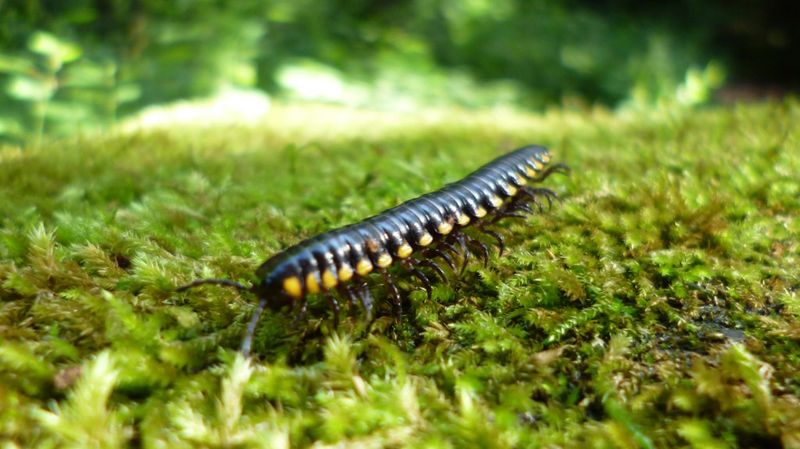
Millipedes pack serious chemical weaponry! When threatened, many species release defensive compounds from specialized glands along their bodies. These chemicals range from hydrogen cyanide to benzoquinones that can irritate predators’ eyes, skin, and respiratory systems.
Some tropical millipedes can squirt these chemicals several inches, creating an effective defensive perimeter. The chemicals often smell bitter or acrid – a warning sign to potential predators.
Certain indigenous cultures have even harnessed these defensive chemicals. The Onge people of the Andaman Islands reportedly rub millipedes on their skin before hunting, using the compounds as a natural insect repellent.
Nature’s Recycling Crew
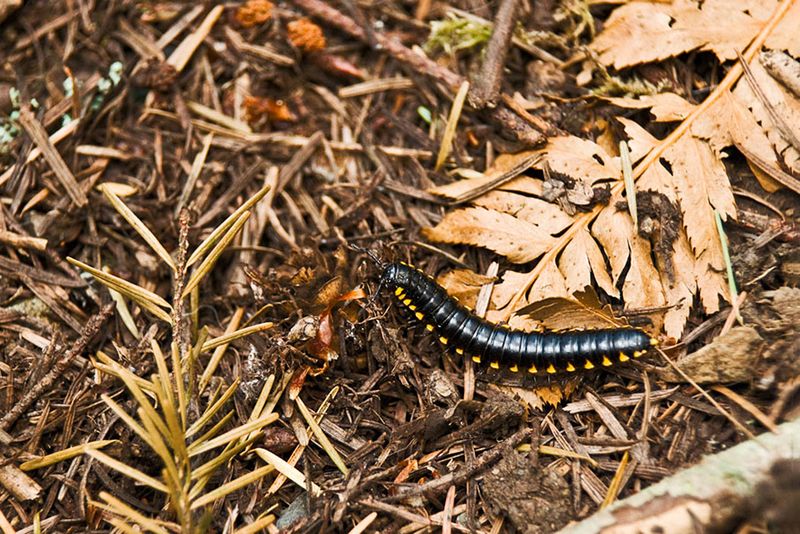
Millipedes serve as nature’s unsung recycling heroes! These decomposers munch through fallen leaves, rotting wood, and other plant debris that would otherwise pile up on forest floors. A single millipede can process several times its body weight in dead plant material daily.
Their digestive process breaks complex plant compounds into simpler nutrients that enrich soil. Gardens with healthy millipede populations often show improved plant growth thanks to this nutrient cycling.
Farmers and gardeners sometimes deliberately introduce millipedes to compost piles to speed decomposition. In forest ecosystems, millipedes may process up to 10% of all leaf litter, making them ecological VIPs (Very Important Processors)!
Rainbow Of Species Diversity
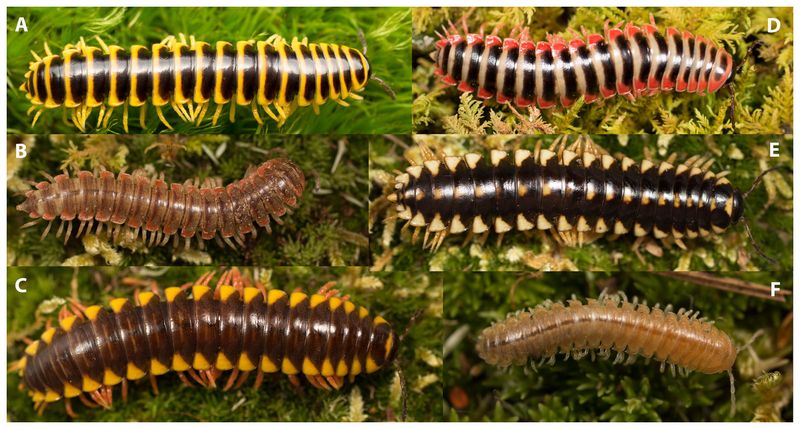
Millipedes show amazing diversity with over 12,000 described species – and scientists estimate thousands more await discovery! They range from tiny forms barely visible to the naked eye to giants stretching nearly a foot long.
Their color palette spans the rainbow. The flame millipede sports bright orange segments, while others display patterns in red, blue, purple, or metallic hues. These colors often serve as warning signals advertising their chemical defenses.
Shape diversity is equally impressive. Some millipedes are cylindrical like living cigars, others flattened like armor-plated tanks. The pill millipedes can even roll into perfect balls when threatened, resembling tiny armadillos!
Surprising Parental Investment
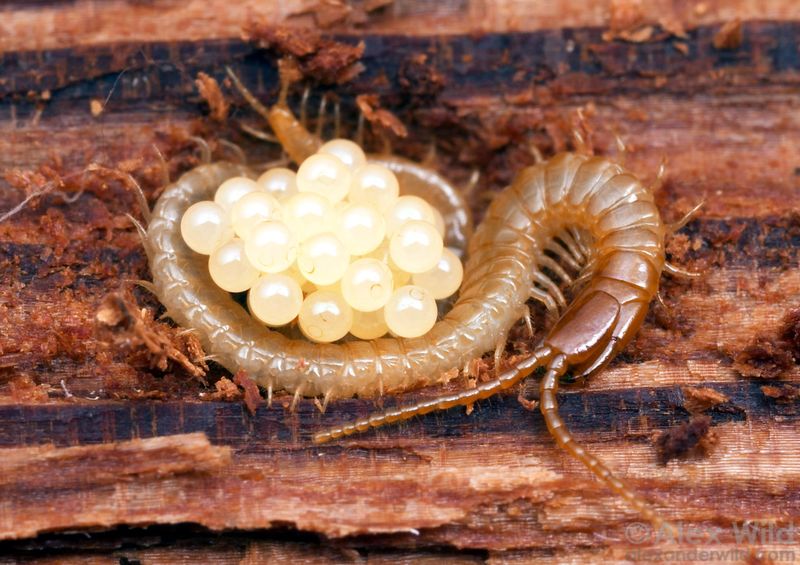
Many millipede moms show remarkable parental care! Unlike insects that often abandon their eggs, numerous millipede species carefully guard their clutches for weeks. Some create special nest chambers from soil and their own feces, forming protective capsules for developing eggs.
The Malaysian cherry millipede takes motherhood further by coiling around her eggs and staying with young hatchlings until their exoskeletons harden. This protection significantly increases offspring survival rates in the dangerous world of soil-dwelling invertebrates.
Baby millipedes hatch with only three pairs of legs and a few body segments. They undergo multiple molts, adding segments and legs with each growth stage until reaching adult size.
Walking Hydraulic Machines
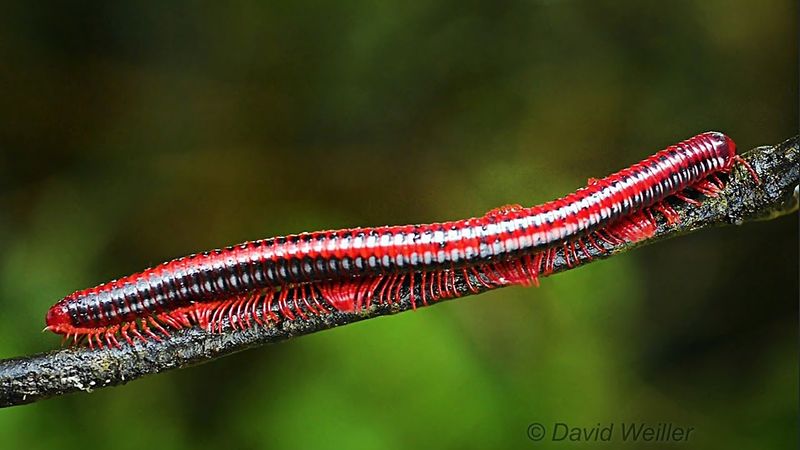
Millipede locomotion represents a marvel of natural engineering! Rather than controlling each leg individually (imagine the brain power that would require!), millipedes use a hydraulic system to create rhythmic waves of movement flowing from tail to head.
Body fluid pressure shifts sequentially through segments, automatically triggering leg movements in coordinated patterns. This system allows efficient movement with minimal neural control – a brilliant solution to the challenge of managing hundreds of appendages.
Scientists studying this locomotion system have inspired designs for multi-legged robots. The wave-like movement pattern proves especially effective for traversing uneven terrain and squeezing through tight spaces – problems that wheeled robots struggle with.
Cultural Significance And Human Uses
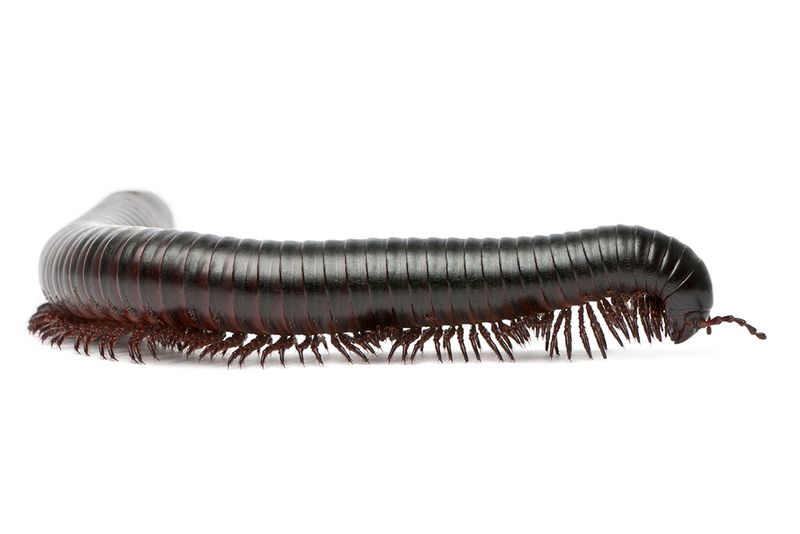
Throughout history, millipedes have crawled into human culture in surprising ways! In parts of southern Africa, certain millipede species are dried, ground into powder, and used in traditional medicine to treat various ailments from ear infections to blood disorders.
Some indigenous cultures view millipedes as weather predictors. The Hopi people reportedly observed millipede movement patterns to forecast rain. Meanwhile, in parts of Japan, giant millipedes were historically kept as pets called “geji-geji” and considered good luck charms.
Modern science finds medical potential in millipede chemistry too. Researchers study their defensive compounds for potential antimicrobial and anti-cancer properties that might lead to new medicines.
Relationship Status: It’s Complicated
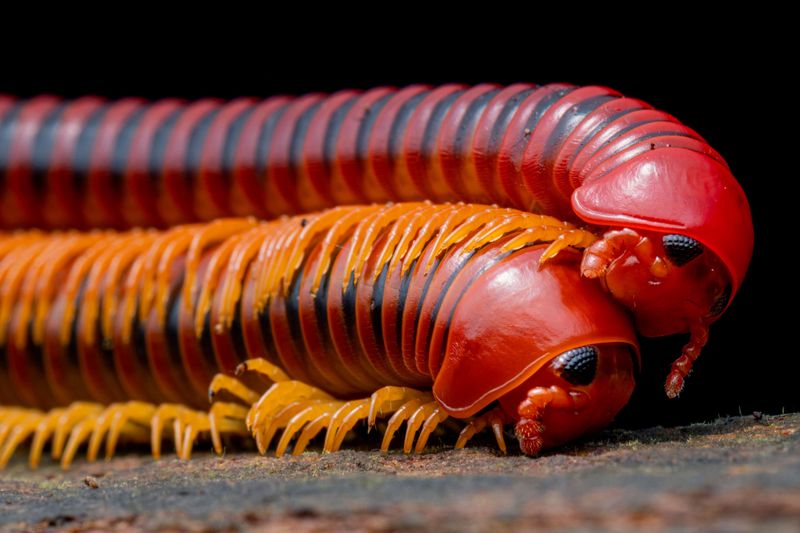
Millipede mating rituals rank among nature’s most elaborate courtship dances! Males of many species possess modified legs that function as specialized reproductive appendages. These legs transfer sperm packets to females in complex maneuvers that can last hours.
The flat-backed millipede takes romance to new heights – males secrete special chemicals that females find irresistible. They’ll sometimes carry females on their backs for days before mating! Other species perform rhythmic tapping sequences with their antennae to communicate romantic interest.
Some millipedes engage in fierce competition for mates. Males may wrestle using their front legs or even secrete deterrent chemicals to discourage rivals, proving that drama exists even in the millipede dating world!
Pet Potential: Desktop Decomposers
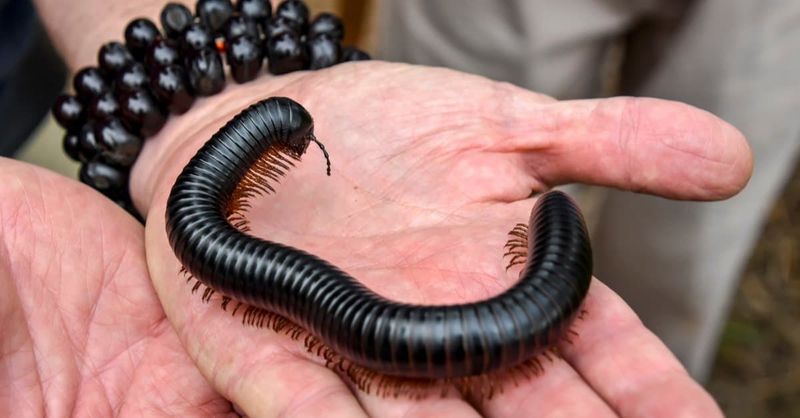
Millipedes make surprisingly delightful pets for nature enthusiasts! Species like the giant African millipede have become popular in the exotic pet trade due to their gentle nature and fascinating behaviors. Unlike many arthropods, they rarely bite or pinch.
Caring for pet millipedes is relatively straightforward. They require a terrarium with moist soil, decomposing leaves, and hiding spots. Most species thrive on a diet of decaying plant matter supplemented with fresh fruits and vegetables.
Many owners report that handling millipedes – feeling their hundreds of tiny feet tickling across palms – creates a unique connection with these ancient creatures. Their 5-7 year lifespan also makes them longer-term companions than many invertebrate pets.


